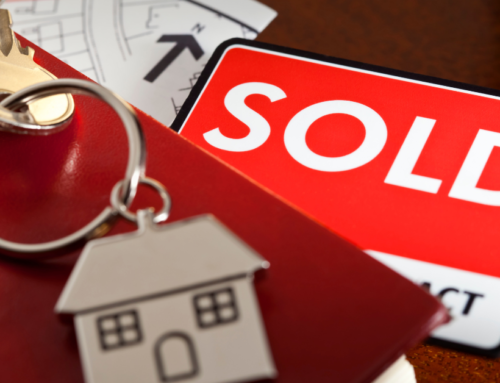When a person or people purchase a property in the UK, they will either buy a ‘freehold’ or a ‘leasehold’ property.
Definition of ‘Leasehold’
Unlike a freehold, the owner of the property does not own the land the property is built on, but they do own the house. The owner or owners have a lease on the property, so they are permitted to occupy the property for a set amount of time. This lease of the land and therefore the property on this land could be for years, or decades. Therefore when this ends, the ownership of the land and in turn the property moves back to the land owner.
Definition of ‘Freehold’
When a freehold property is purchased, the owner or owners own BOTH the house and the land the property is on. This ownership is for an unlimited period of time. However, freehold also includes the airspace above the property, up to 500 ft. (Civil Aviation Act 1982)
What properties are classed as ‘leasehold’?
Many flats are classed as leasehold properties, with the owners of each individual flat owning the property. But, an owner will own the land on which the flats are built on. However, this is not always true. In some circumstances, when a person purchases a flat, they will buy the property as a ‘share of freehold’. This is where the owners of the flats in the property, share the ownership of the land on which the property is built on.
For most houses on a piece of land e.g. a terrace, semi-detached, or detached house, are sold as a ‘freehold’ property. They tend to be more straightforward with one property sitting on one piece of land with an owner.
Advantages and disadvantages of a Leasehold Property
Advantages
- The freeholder (owner of the land) is normally responsible for the maintenance of any communal areas such as share staircases
- The freeholder (owner of the land) is normally responsible for the structural integrity of the building
- The freeholder (owner of the land) normally arranges the building insurance
- Leasehold properties tend to be cheaper than the freehold alternative because there are fewer risks involved in owning this kind of property
Disadvantages
- There are usually rules e.g. no pets, or no smoking which are set by the freeholder and must be followed in order to occupy the property
- The owner of the property will pay service charges to the freeholder which include ground rent. These charges can also increase
- In order to make changes to the property, the owner of the property will need permission from the freeholder
- The property may only be allowed to be used for residential purposes. So, you may be unable to run a business from the property
- When there are fewer years left on a lease of a property, it could be harder to sell the property
- Costs associated (conveyancing) with buying a leasehold property can be higher that the equivalent free-hold property
Leasehold properties have both advantages and disadvantages. The control the freeholder has over what happens to the property is seen both as a selling point. Meaning the owner of the property has fewer responsibilities when it comes to insurance and maintenance. On the other hand, this can also be seen as a con. Since the owner will require authorisation from the freeholder to make decisions and changes and decide how to use the property.
Contact us
If you’d like more information on how our property team can support you when buying or selling a property, please get in touch. Call us at 01782 662424 or email us at info@beestonshenton.co.uk




